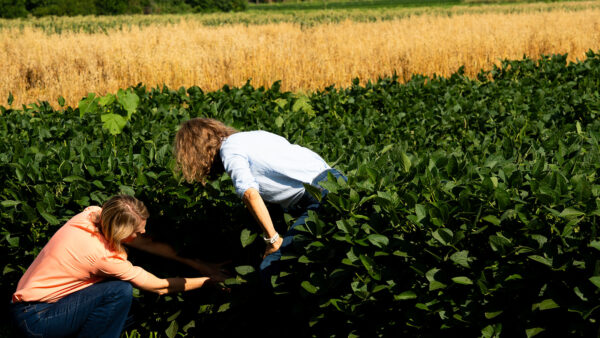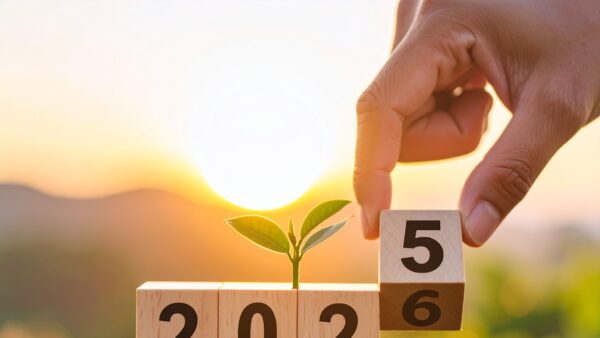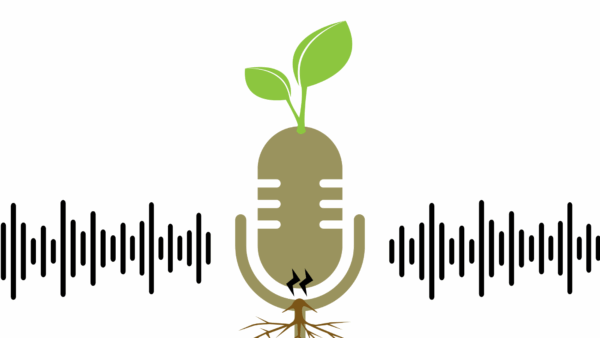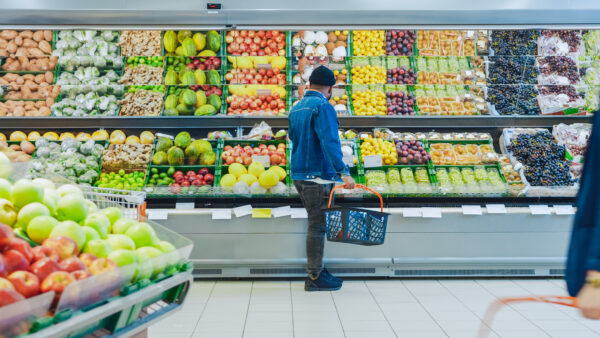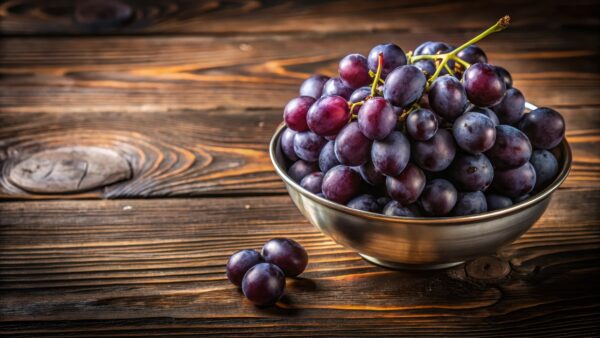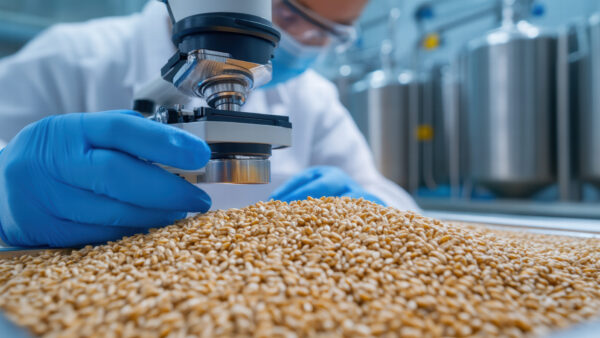As farmers face growing pressure to adapt to climate challenges, tools that simplify decision-making around sustainability are becoming essential. Kathryn Grant, who has been at the forefront of developing sustainability selection indexes at AbacusBio, believes we’re on the cusp of a significant shift in how farmers approach sustainable farming practices. AbacusBio has just launched the world’s first sustainability index for plants.
“A selection index is a tool that a farmer can use to find the most valuable potential new variety in a breeding program,” Grant explained during an interview at the recent National Association for Plant Breeding annual meeting in St. Louis, MO. “It’s a way to determine which plant variety will be the best fit for your farm—whether you’re focused on maximizing profit or, increasingly, on sustainability.”
Traditionally, selection indexes have helped farmers find the most profitable varieties, but the game is changing. Grant and her team have been working to introduce sustainability into the equation. “We’ve been working on a sustainability selection index for just over a year,” she says. “Our goal is to provide additional information, so farmers can compare varieties not only by how much profit they’ll generate but also by how they perform in terms of sustainability.”
For instance, a farmer choosing between two varieties might weigh factors like water efficiency. “With this variety, you’ll get this much extra profit,” Grant says, “and with that variety, you’ll get a different profit margin, but also a reduction in water usage. That could lower your irrigation costs and, depending on where you farm, make you eligible for ecosystem service payment schemes.”
But what exactly does sustainability mean in this context? Grant acknowledges that the term can be vague. “When people hear ‘sustainability,’ they often think of greenhouse gases and carbon dioxide, which is crucial. But we’re broadening that definition to include things like water use, land use, nitrates leaching into water systems, and even acidification.”
Grant’s team at Abacus is striving to offer farmers a more comprehensive view of a plant variety’s footprint. “We’re trying to give a well-rounded overview, considering everything from greenhouse gas emissions to eutrophication,” she says. “Our aim is to make it easier for farmers and breeders to understand the environmental impact of their choices.”
The technology behind these indexes could be a game-changer for the industry, helping farmers make informed decisions without sacrificing profitability. “A common concern is that choosing a more sustainable variety will come at the cost of profit,” Grant notes. “But what we want to show is that sustainability and profitability aren’t mutually exclusive.”
Ultimately, the goal is to shift the narrative around sustainability in agriculture. “I hope what we’re doing is pushing people to think more broadly about what sustainability means and presenting it in a way that’s easy to understand,” says Grant. “If we can get people to see that sustainable varieties are not only better for the planet but also for their bottom line, that’s where the real change happens.”



